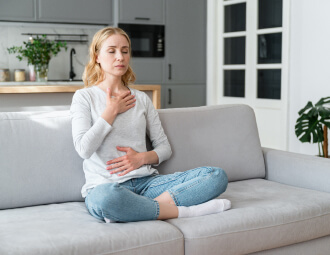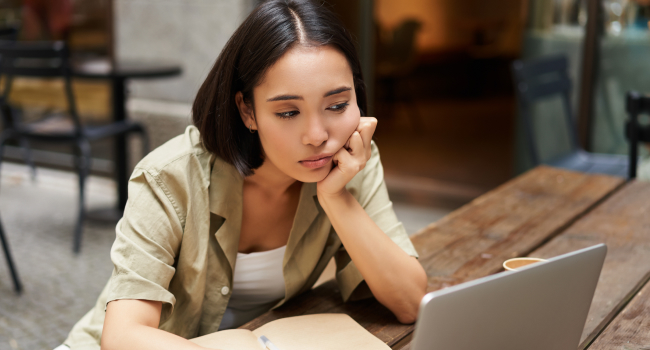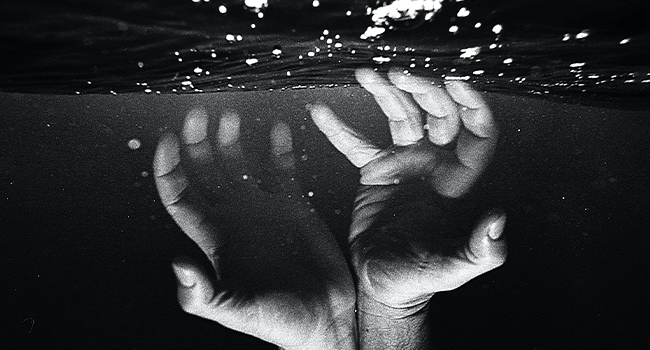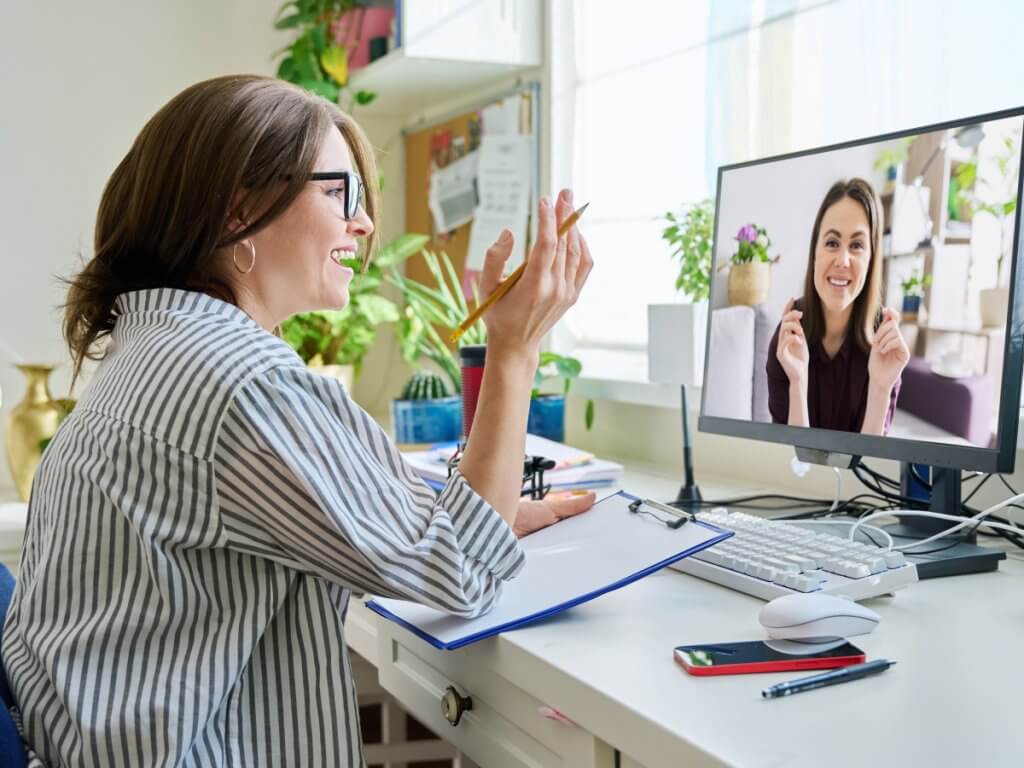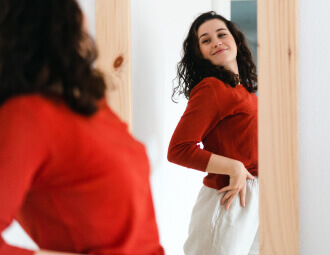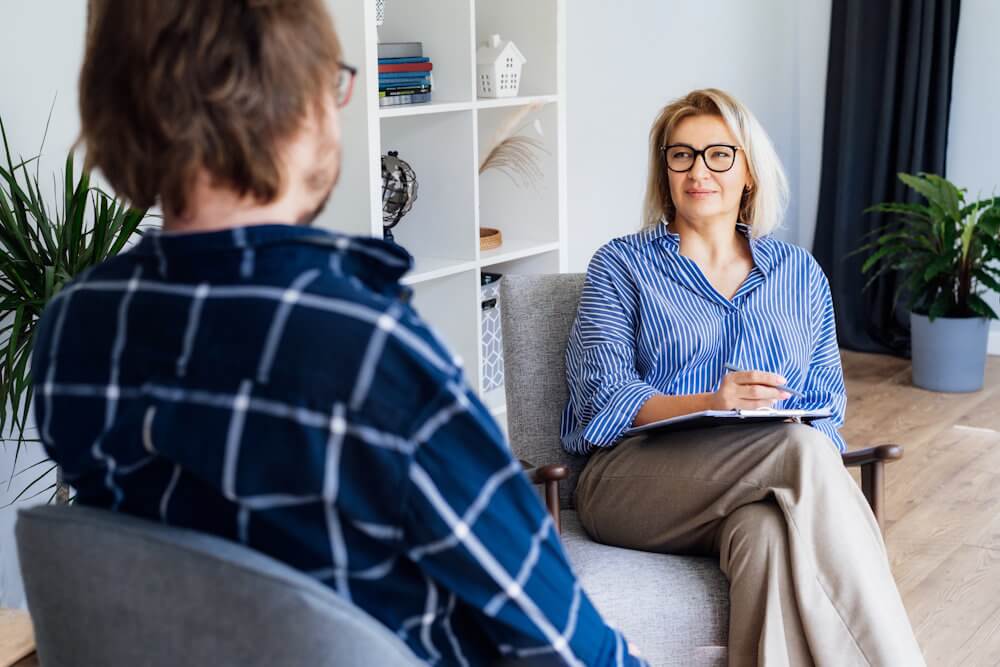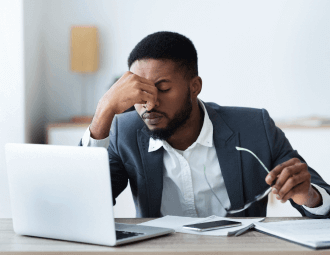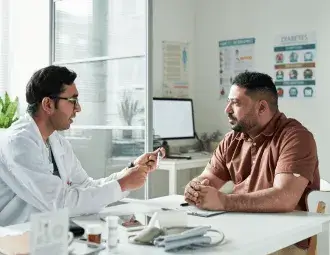Highlights
- Claustrophobia means experiencing an intense and unreasonable fear in small or closed spaces when there is no real danger.
- An official claustrophobia diagnosis can be made by a doctor or a non-physician mental health provider, including psychologists and nurse practitioners, using specific criteria.
- The most effective way to overcome claustrophobia is with psychotherapy; medication might be necessary in severe cases.
You’ve always been a social person who loves to travel. But recently, even the thought of being in an airplane makes you anxious after that intense turbulence during a flight a few months ago.
Someone mentioned you might be claustrophobic, and you’d like to learn more about this condition. This article will explore the symptoms, causes, and how to manage it.
What Is Claustrophobia?
To understand the meaning of the term claustrophobia,
- Claustro: Means ‘closed’
- Phobia: A fear which:
- Is irrational or unreasonable, as it occurs when there is no real danger
- Is intense and overwhelming
- Has a significant negative impact on a person’s ability to live everyday life
So, claustrophobia is an intense and irrational phobia or fear of small, enclosed, tight, confined, or closed spaces.
Claustrophobia is a distinct mental health condition classified as a specific phobia, which falls under the umbrella of anxiety disorders.
How Common Is Claustrophobia?
You are not alone, it is one of the more common phobias.
However, feeling claustrophobic manifests differently for everyone.
Signs and Symptoms of Claustrophobia
Claustrophobia might cause real, physical manifestations in your body; but, being in an enclosed space may also trigger negative thoughts and feelings.
Do you recognize any of these in yourself in small or enclosed spaces?
Physical Symptoms
- Trembling
- Sweating
- Rapid heartbeat
- Dizziness
- Dry mouth
- Hot flashes or chills
- Butterflies in the stomach
- Ringing ears
- Headache
- A choking sensation
- Feeling paralysed
- Nausea
- Needing to go to the toilet
- Hyperventilation
- Chest pain
- Trouble or difficulty breathing
- Numbness or tingling in hands/feet
Negative Thoughts and Emotional Symptoms
- Dread
- Significant distress
- Confusion
- Disorientation
- Sense of unreality
- Sense of losing control
- An intense urge to leave the situation
- An intense fear of being trapped, dying, fainting, or any harm
Symptom Severity
Some people with claustrophobia only feel mildly anxious, while others experience intense panic attacks. Also, not everyone experiences all the symptoms, but even one, or any combination, can be distressing.
Importantly, many of these symptoms are also present in other mental and physical health conditions. This is why it’s essential not to self-diagnose but see a healthcare provider for personalized help.
Triggers of Claustrophobia
Usually, it is physically being in the small spaces you are scared of that triggers claustrophobia, for example:
- Store changing rooms
- Crowded rooms
- Airplanes
- Revolving doors
- Cars
- Car washes
- Crowded highways
- Tunnels
- Subways
- Trains
- Cellars and basements
- Small or locked rooms
- Caves
- Public toilets
- Magnetic resonance imaging (MRI) machines
However, for some people, even the thought of the feared situation causes anxiety and distress.
Sometimes, feeling claustrophobic in a specific situation, such as in an elevator, can trigger future episodes in other places, for example, an airplane. This comes down to the type of fear involved, which the person relates to both environments.

Types of Fears Involved
- Fear of suffocation (not enough air): Panic, shortness of breath, hyperventilation, chest tightness, feeling like “air is running out”
- Fear of entrapment (no escape): Anxiety, desperation, racing thoughts, overwhelming urge to escape, fear of being trapped
- Fear of restriction (loss of movement/control): Anger, helplessness, frustration, restlessness, feeling powerless or “out of control”
The type of fear experienced may also influence behavior. For example, if a fear of entrapment drives your claustrophobia:
- You may look for exits and plan an escape in every room you enter.
- You are likely to stay near the door or develop a fear of closed doors, constantly checking that they are open.
- In an airplane, you might insist on an aisle or exit row seat.
These maladaptive coping strategies can have a significant impact on the quality of and functioning in everyday life.
Causes and Risk Factors of Claustrophobia
Although the exact causes of claustrophobia and other specific phobias
Family History of Phobias
Many anxiety disorders show an
Coexisting Anxiety Disorders
Many people with claustrophobia
History of Childhood Trauma
For some people, their fear of being shut inside develops from distressing childhood experiences, such as being punished by being locked in tight spaces or getting lost in a crowd. People who were abused or bullied as children can also experience this condition as adults.
Traumatic Events
People who have experienced overwhelming anxiety during a traumatic event in a confined space, with no escape, may develop claustrophobia. Examples are:
- Getting stuck in an elevator
- Experiencing severe turbulence in an airplane
- Traveling in a train or car that gets stuck in a tunnel
- A car breaking down on a busy highway
- Being involved in a crowd surge
- Being left in a locked space by accident
Modeling
People who
How Claustrophobia Affects Daily Life
Phobias substantially hinder a person’s daily functioning; let’s explore a few examples in the table below.
|
Aspect of Life |
Without Claustrophobia |
With Claustrophobia |
|
Work |
|
|
|
Travel |
|
|
|
Healthcare |
|
|
|
Social Life |
|
|
How Is Claustrophobia Diagnosed?
Only a healthcare provider can make a claustrophobia diagnosis using a guideline called the Diagnostic and Statistical Manual of Mental Disorders, 5th edition (DSM-5). Its criteria help to tell the difference between normal fear and a phobia of small spaces.
Here are some of the questions you may be asked during an appointment, among others:
- When you are in a small or closed space, do you experience a marked fear of suffocation, no escape, a lack of control or movement, or significant anxiety?
- Is this anxiety or fear immediate and intense?
- Does it feel like your fear is out of proportion to the realistic danger?
- Is being actually in a small space or thinking about it causing you to actively avoid it?
- Have these fears, anxiety, or avoidance been consistent for at least six months?
- Is being afraid of small spaces so distressing that it negatively affects your functioning in daily life, or interactions with others?
A healthcare professional also needs to be sure that there is no other explanation for the symptoms. For example, claustrophobia can be
Treatment Options for Claustrophobia
Treatment decisions for claustrophobia depend on the intensity and frequency of your symptoms, but always include psychotherapy, with or without medication.

Psychotherapy
Cognitive-behavioral Therapy (CBT)
CBT is the
Rational Emotive Behavioral Therapy (REBT)
Exposure Therapy
Your therapist gradually introduces you to confronting your fear of confined spaces in a safe and controlled environment. They might take you into a real-life scenario, use imagination exposure, or virtual reality online.
Virtual Reality Therapy (VRT)
Medication for Claustrophobia
As we mentioned, CBT is the baseline treatment, but some people with claustrophobia
Benzodiazepines work quickly, but can be addictive, so they might be helpful when there is one specific, infrequent trigger, for example, having an MRI scan once every few years.
When more than one situation triggers claustrophobia, or the exposures are common or repeated, antidepressants like selective serotonin reuptake inhibitors (SSRIs) are more appropriate. In particular,
Tips for Managing Claustrophobia
Below are a few self-help strategies that might help you deal with claustrophobia when you experience the symptoms:
- Ground yourself: Count backwards from 1000, or name all the red objects around you.
- Steady your breath: Inhale through your nose for 4, exhale slowly for 6. Repeat until you get calmer.
- Try positive self-talk: Remind yourself: “This feeling will pass. I’m safe.”
- Imagine a visual escape: Picture a wide, open place like the beach to counter the “closed-in” feeling.
- Have an audio distraction: Listen to calming music or a podcast to shift your focus away from the space.
- Plan around your phobia: Sit near doors or aisles, ask for doors to be kept open, or choose stairs over elevators.
- Have a mini-relax reset: Drop your shoulders, unclench your jaw, and stretch your fingers.
- Practice gradual exposure: Start by standing near an elevator, then ride it one floor, and then several floors; ask a friend to come with you.
- Journal the episodes: Track triggers, your symptoms, and progress over time.
- Join online or community support groups for claustrophobia: They understand what you’re going through and might have suggestions on how to cope.
However, remember that you should not self-diagnose this condition. So, when is it time to seek professional help?
When to Call Your Doctor
Contact a healthcare provider to get an official diagnosis if your fear and avoidant behaviors are:
- Interfering with daily life, work, or relationships
- Getting more frequent or severe
The good news is that you can treat claustrophobia effectively.
Claustrophobia Prognosis and Outlook
It is unlikely that claustrophobia will just disappear.
However, with therapy, either CBT or exposure therapy,
Now that you’ve learned about claustrophobia and if you think you recognize the patterns in yourself, it’s time to talk to a healthcare provider. To get help and a personalized treatment plan without leaving your home, book an online appointment with a licensed medical professional at MEDvidi.
Frequently Asked Questions
Can you die from claustrophobia?
Can claustrophobia go away on its own?
Are medications used to treat claustrophobia?
Why do I feel claustrophobic in my own body?
Is claustrophobia a mental illness?
Claustrophobia is a specific phobia, which is a mental health condition. It falls under the umbrella of anxiety disorders.
How do you know if you're claustrophobic?
Does stress cause claustrophobia?
Does claustrophobia get worse with age?
Untreated claustrophobia is usually a lifelong condition and might get worse when triggers are recurrent; on the other hand, 8 out of 10 people with claustrophobia respond to therapy.



